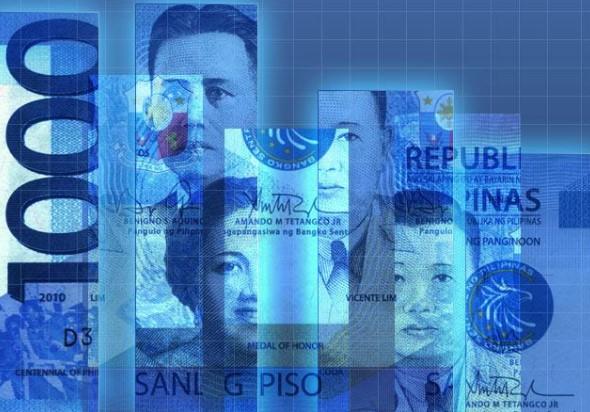PHL gov’t budget gap widens to P1.37T in 2020 amid COVID-19 spending

The national government’s fiscal balance incurred a wider deficit in 2020, breaching a trillion pesos, as greater public spending to address the COVID-19 pandemic coupled with subdued revenue collections further squeezed state coffers.
Data released by the Bureau of the Treasury (BTr) showed the national government ran a budget shortfall of P1.371 trillion, 107.72% wider than the P660-2-billion fiscal gap posted in 2019.
This, however, is 24.45% than the government’s program of P1.815-trillion deficit for 2020 as it expected higher spending amid the health and economic crisis brought by the pandemic.
“The wider fiscal gap for the year reflects the 11.31% year-over-year growth in public spending combined with the 8.97% reduction in government receipts resulting from the economic impact of the Covid-19 pandemic,” the BTr said.
A budget deficit occurs when expenditures exceed revenue collections.
The 2020 fiscal gap was equivalent to 7.63% of gross domestic product (GDP).
“This is broadly in line with the 7.6% of GDP deficit outlook reported during the 178th Development Budget Coordination Committee (DBCC) Meeting in December 2020,” the Treasury said.
Expenditures
The national government’s disbursements last year ballooned by 11.31% or P429.7 billion year-on-year to P4.227 trillion billion “owing to the implementation of various COVID-19 mitigation and recovery measures.”
“This, however, was still lower by 2.49% or P107.8 billion against the P4.335 trillion revised full-year program as some of the economic relief measures under RA 11494 or the ‘Bayanihan to Recover as One Act’ (Bayanihan II) is still ongoing,” the BTR said.
The Treasury said government spending was buoyed by releases of subsidy, particularly for the Philippine Health Insurance Corporation’s (PHIC) premium subsidy and the Unconditional Cash Transfer (UCT) coursed through the Land Bank of the Philippines (LBP); as well as disbursements by the Commission on Higher Education (CHED) for the Universal Access to Quality Tertiary Education (UAQTE) Program, and by the Department of Health (DOH), Department of Labor and Employment (DOLE), and Department of Social Welfare and Development (DSWD) for health, employment assistance, and social programs, respectively, under the Bayanihan II.
The state’s primary expenditure, meanwhile, totaled P3.847 trillion as of end-December 2020, up 11.93% year-on-year.
Interest payments also grew by 5.41% to P380.4 billion last year “due to higher domestic borrowing in the first three quarters which includes Retail Treasury Bonds and reissuances of fixed rate treasury bonds.”
Revenues
The government’s revenue last year narrowed to P2.856 trillion, down 8.97% or P281.5 billion from P3,137 trillion raised in 2019.
Of the total, 87.69% or P2.504 trillion was generated through tax collection.
The remaining 12.31% or P351.5 billion sourced from non-tax revenues, which grew by 13.52% year-on-year.
The Bureau of Internal Revenue’s (BIR), the country’s main tax collection agency, collected P1.951 trillion, exceeding its goal of P1.685 trillion by 15.74%.
The BIR’s collection in 2020, however, is lower by 10.32% compared to 2019.
The Bureau of Customs (BOC), on the other hand, booked P537.7 billion in revenues last year, 6.23% higher than its target of P506.1 billion “backed by the improved valuation and gradual improvement of importation volume as well as intensified collection efforts by the agency.”
The BOC’s collection for 2020, however, is still lower than 2019’s P630.3 billion by 14.69%.
Income collected and generated by the BTR stood at P219.7 billion as of end-December 2020, growing by 49.93% year-on-year.
“Growth was propelled by higher dividends, other government service income and interest on advances from GOCCs (government-owned and controlled companies and corporations), compensating for the lower share from PAGCOR (Philippine Amusement and Gaming Corp.) profit and interest income from NG (national government) deposits,” the Treasury said.
Full year revenues from other offices, including privatization proceeds and fees and charges, amounted to P131.9 billion, down 19.17% year-on-year.
“This was mainly due to the disruption brought by the COVID-19 pandemic on the operations and collections of various collecting agencies,” the Treasury said. -MDM, GMA News




